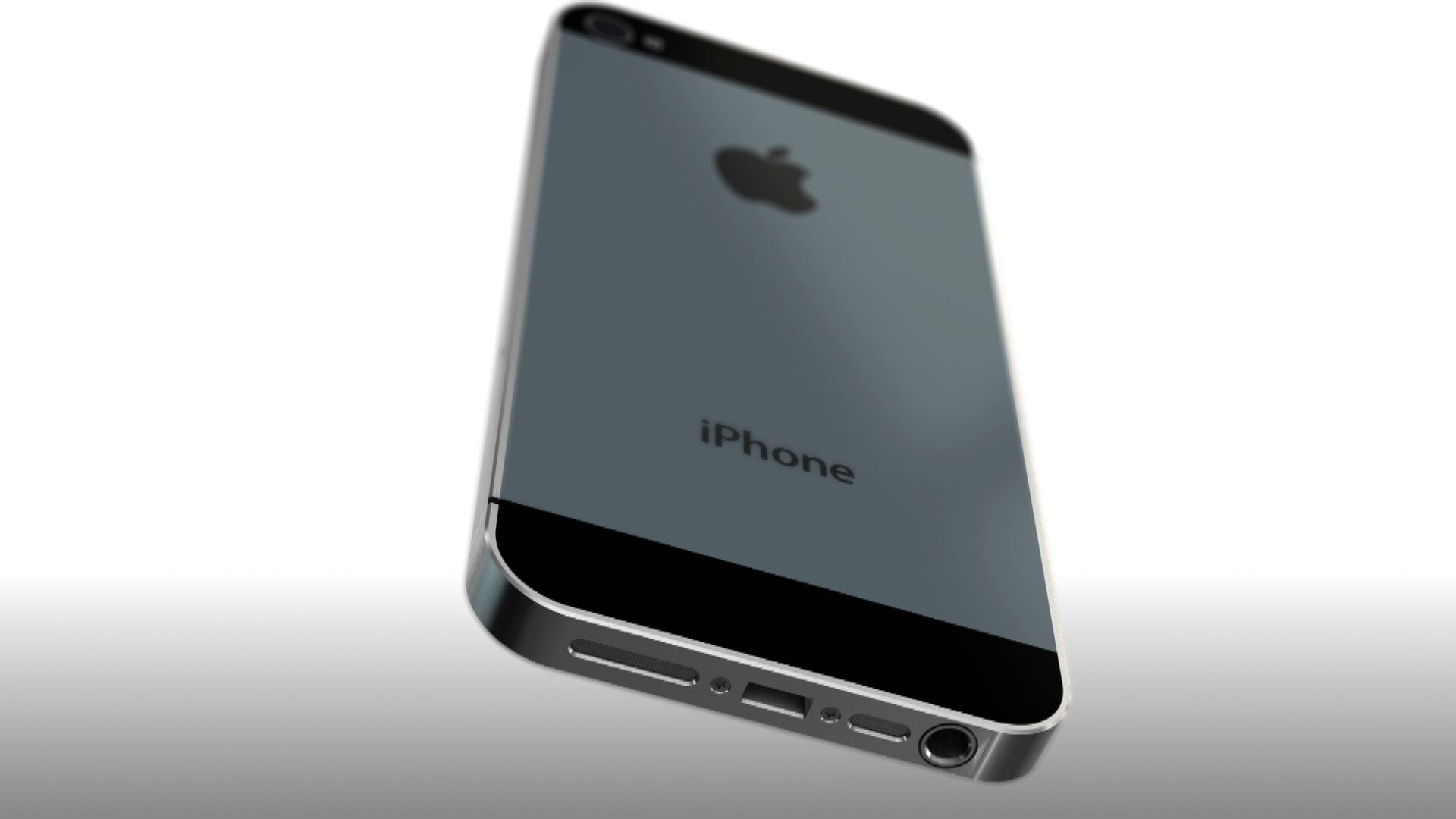Apple reveals unlocked iPhone 5 pricing, carrier problems abound
$649-$849 sans contract

Want an iPhone 5 but don't want a contract? It'll cost you.
As TechRadar learned Wednesday, a full priced 16GB iPhone 5 runs $649, but now we know the prices of the 32GB and 64GB variants.
Double the storage capacity of the 16GB and you'll fork over $749. Bump it up to 64GB and you run a $849 bill.
These prices aren't too surprising as they fall in line with the cost of unlocked iPhone 4S's. The iPhone 5 on a two-year contract follows the 4S's figures to a tee.
Carrier perks and pains
Though contracts do offer a cheaper buy-in rate, they do suck customers into a deal that, one year in, might not be too appealing.
And though users can use a feature like FaceTime over cellular video calling for free on one carrier (Verizon), they have to make a data plan switch to get the privilege of talking to their contacts face-to-face on AT&T.
The news also came out Thursday that HD Voice won't work on Sprint's version of the phone.
Are you a pro? Subscribe to our newsletter
Sign up to the TechRadar Pro newsletter to get all the top news, opinion, features and guidance your business needs to succeed!
The carrier's version of HD Voice - which utilizes CDMA 1X Advanced technology - is reportedly incompatible with the iPhone 5.
Apple boasts its new iOS handset supports "wideband audio," often marketed as HD Voice. While calls are still clear over Sprint (which does offer unlimited data), it's something to think about.
CDMA isn't perfect, either
While this may not prove enough of a reason to stay away from Sprint, consider the revelation CDMA-touting devices (those carried by Verizon and Sprint) can't perform simultaneous CDMA voice and LTE data.
That's because the iPhone 5 has a "single-radio design," which an Apple spokesperson, speaking with Engadget, said prevents the side-by-side functionality.
Samsung reportedly works around this conundrum in its Galaxy SIII's by using its second antenna to allow for things like calls and email sending without Wi-Fi to go on at the same time, for example.
Apple apparently uses its No. 2 antenna to improve overall reception. There's speculation Apple's holding back what its CDMA phones can do so the differences between them and GSM devices are at a minimum.
From Apple via TechCrunch, Hot Hardware, Engadget
Michelle was previously a news editor at TechRadar, leading consumer tech news and reviews. Michelle is now a Content Strategist at Facebook. A versatile, highly effective content writer and skilled editor with a keen eye for detail, Michelle is a collaborative problem solver and covered everything from smartwatches and microprocessors to VR and self-driving cars.
